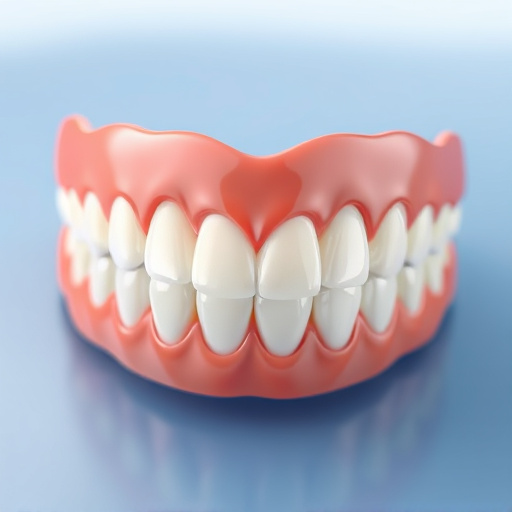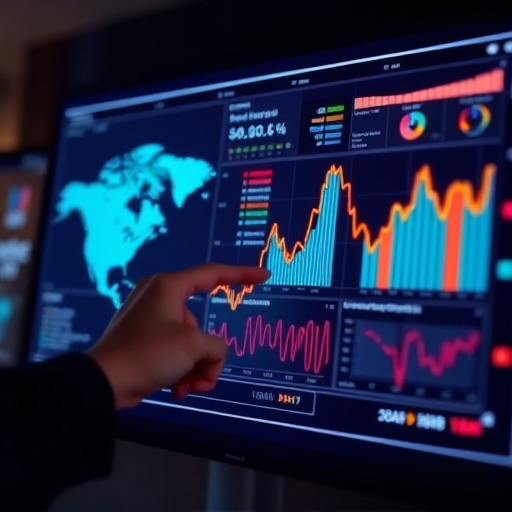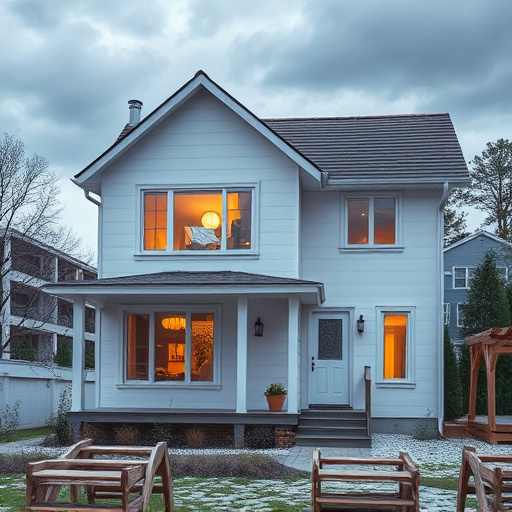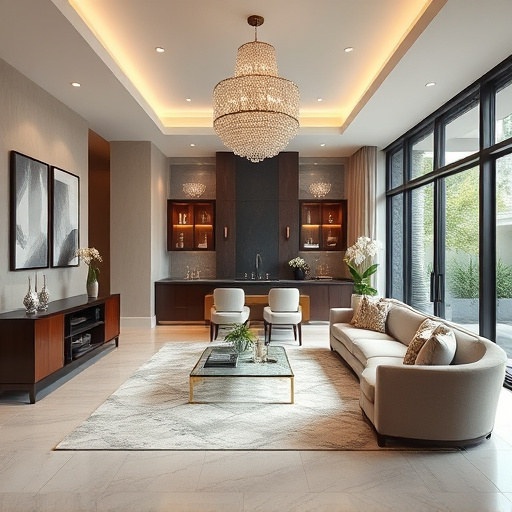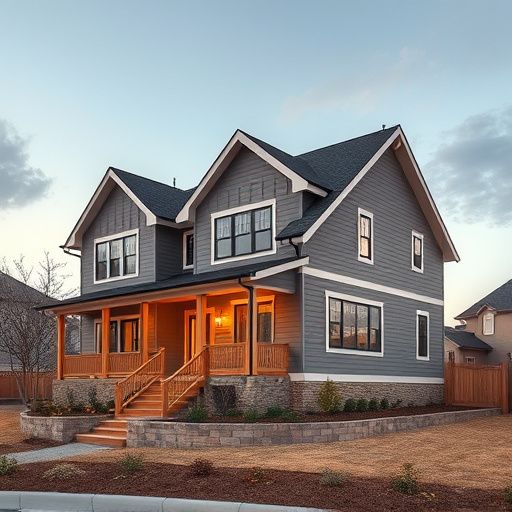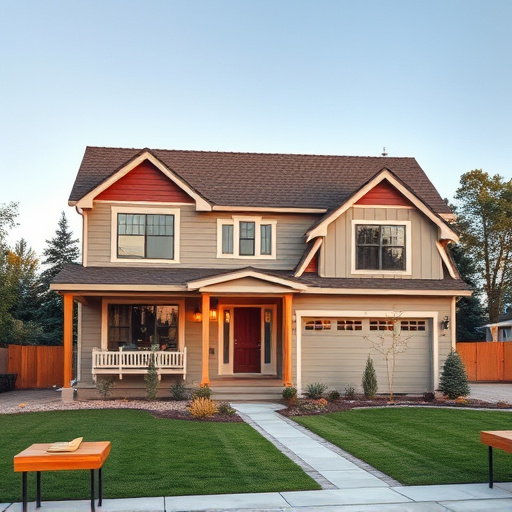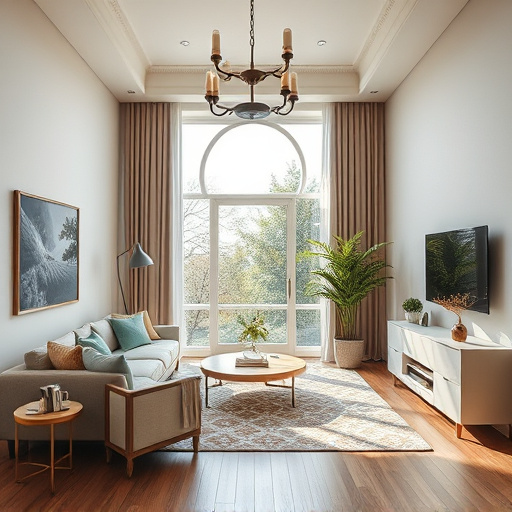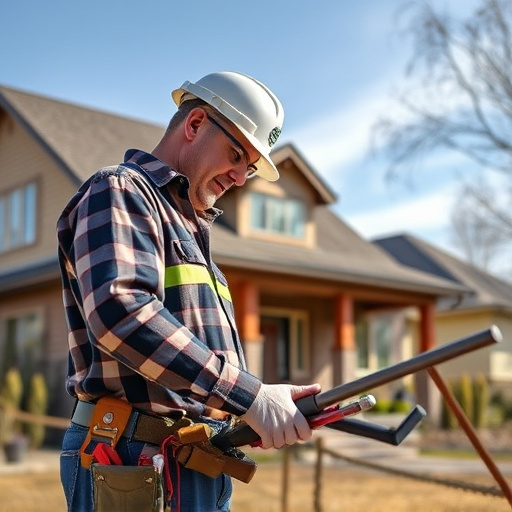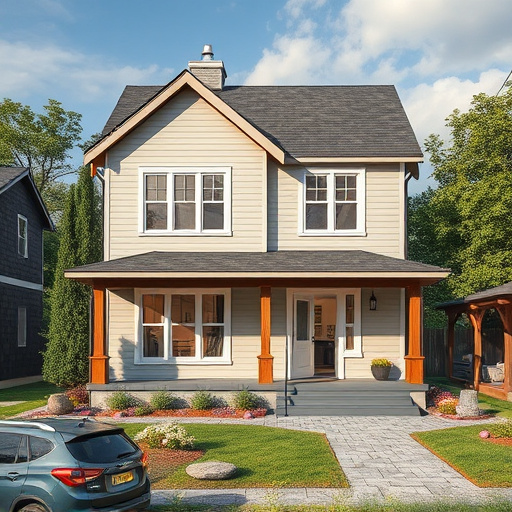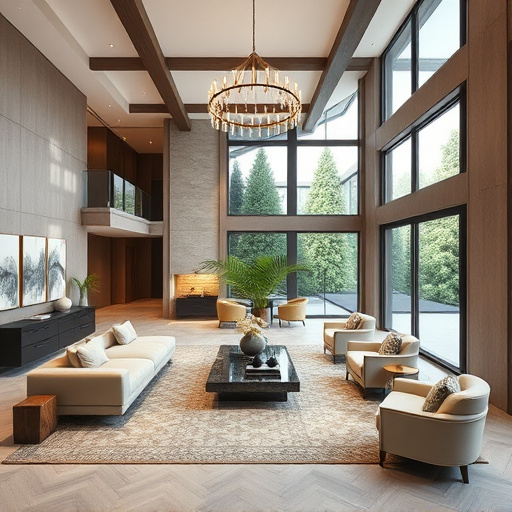Mood boards, visual tools used by interior designers, are essential for communicating design visions and planning home transformations. These collages inspire and guide the creative process, helping clients visualize aesthetics and color palettes. Digital tools have advanced mood boarding, enabling designers to create photorealistic renderings and easily collaborate with clients on projects like bathroom or kitchen remodels.
Interior designers leverage mood boards as a powerful tool for conceptualizing and communicating design visions. A mood board serves as a visual narrative, blending aesthetics, textures, colors, and styles to set the tone for a project. This article explores how professionals in the field use mood boards to plan, from gathering initial inspiration to crafting a cohesive design scheme. We’ll delve into the process, tools, and techniques—from traditional collage to digital platforms—that enable interior designers to create effective mood boards.
- Understanding Mood Boards: A Visual Language for Interior Designers
- The Process: Creating a Conceptual Roadmap from Inspiration to Design
- Tools and Techniques: Software, Collage, and Digital Mood Boarding Practices
Understanding Mood Boards: A Visual Language for Interior Designers
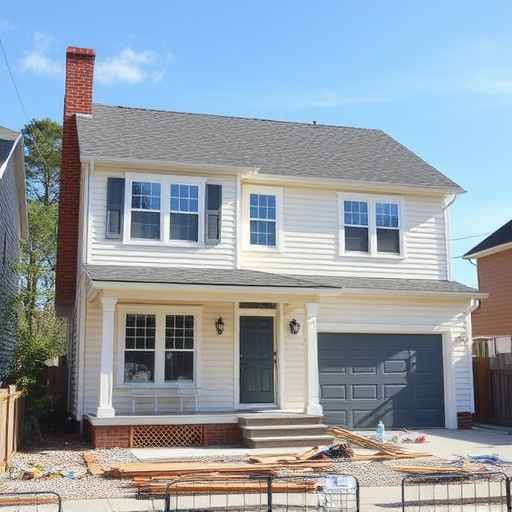
Mood boards have become an indispensable tool for interior designers, serving as a powerful visual language to communicate and plan home transformations. They are essentially collages or collections of images, textures, colors, and patterns that inspire and guide the design process. By curating these boards, interior designers can effectively translate their creative vision into tangible concepts, making it easier for clients to visualize the final result.
For instance, when tackling a bathroom remodel, mood boards help in selecting the perfect color palette, choosing the right fixtures and fittings, and even suggesting unique décor elements. This visual toolstreamlines the renovation process, ensuring that every detail aligns with the client’s preferences and the desired home transformations. Mood boards are not just for interior designers; they empower clients to actively participate in their space’s evolution by providing a clear direction and a cohesive aesthetic.
The Process: Creating a Conceptual Roadmap from Inspiration to Design
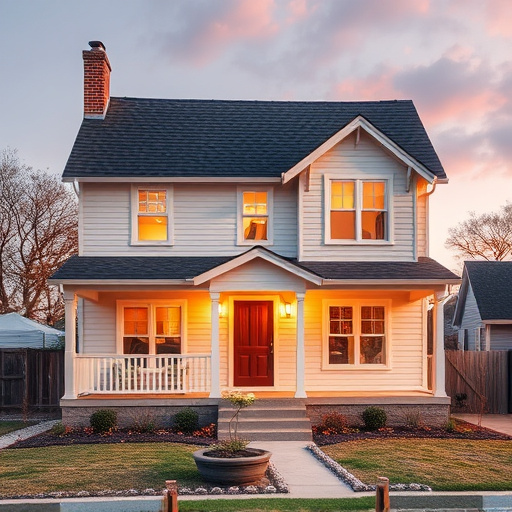
Interior designers employ a powerful tool, the mood board, to transform initial inspiration into a comprehensive design plan. This process begins with gathering a curated selection of images, textures, and colors that evoke the desired ambiance for a project. From architectural features to furniture and fabric swatches, every element contributes to a visual narrative.
Once the mood board takes shape, designers analyze it to identify recurring themes, color palettes, and overall aesthetics. This analysis serves as a conceptual roadmap for the home additions, home transformations, or home remodeling projects ahead. By following this intuitive process, interior designers can ensure their creative vision aligns with client expectations, resulting in harmonious spaces that tell a compelling story from concept to completion.
Tools and Techniques: Software, Collage, and Digital Mood Boarding Practices
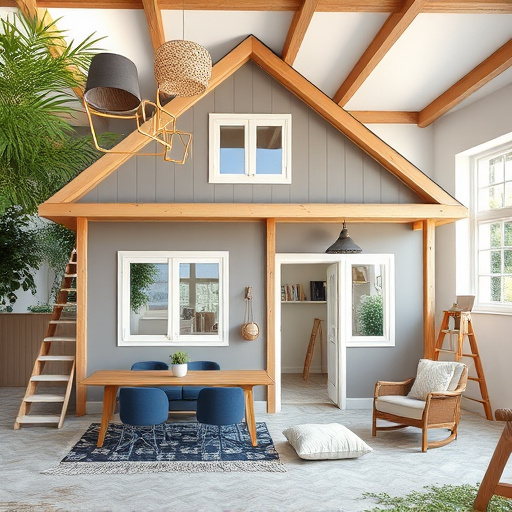
Interior designers leverage various tools and techniques to create mood boards, an essential part of their planning process. Traditional methods include physical collage, where designers cut and paste images from magazines or catalogs onto a board, allowing for a tactile, creative experience. This hands-on approach encourages intuitive arrangement and visual exploration, often leading to unexpected design directions.
In today’s digital age, software tools have transformed mood boarding practices. Interior designers now utilize specialized programs that offer extensive libraries of materials, finishes, and furniture options. With just a few clicks, they can create photorealistic renderings, easily manipulate images, and present concepts digitally. This technology facilitates seamless collaboration with clients, enabling them to provide feedback in real-time, especially relevant for projects like bathroom renovations or kitchen remodels, where precise visualization is crucial for home transformations.
Mood boards are an indispensable tool in the arsenal of any interior designer. By serving as a visual language and conceptual roadmap, they streamline the design process, ensuring harmonious esthetics and client satisfaction. Through various software applications, collage techniques, and digital practices, modern interior designers can efficiently translate inspiration into tangible design plans. Incorporating these mood board methods allows for enhanced communication, creative flexibility, and ultimately, successful project outcomes.
